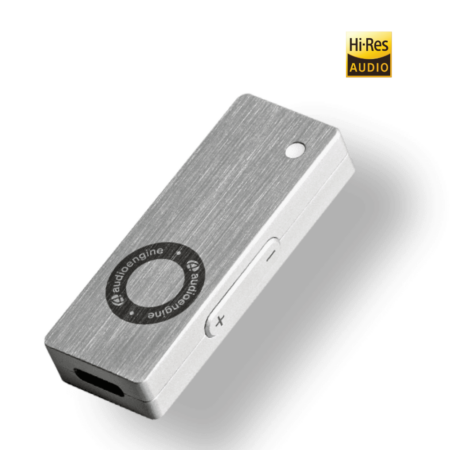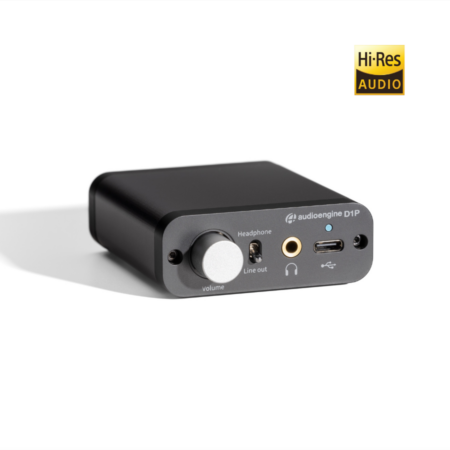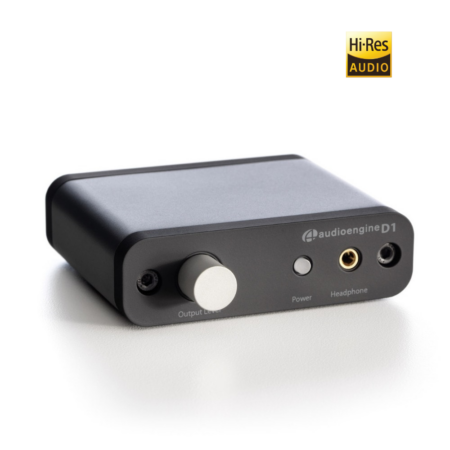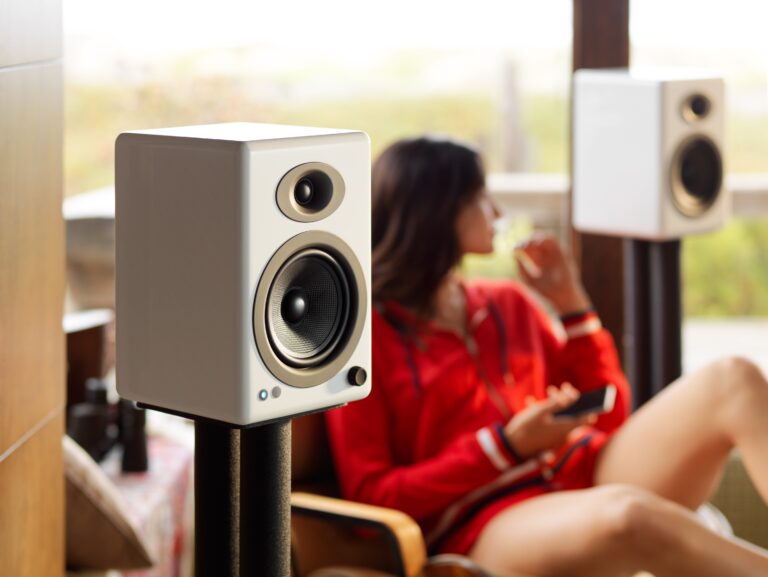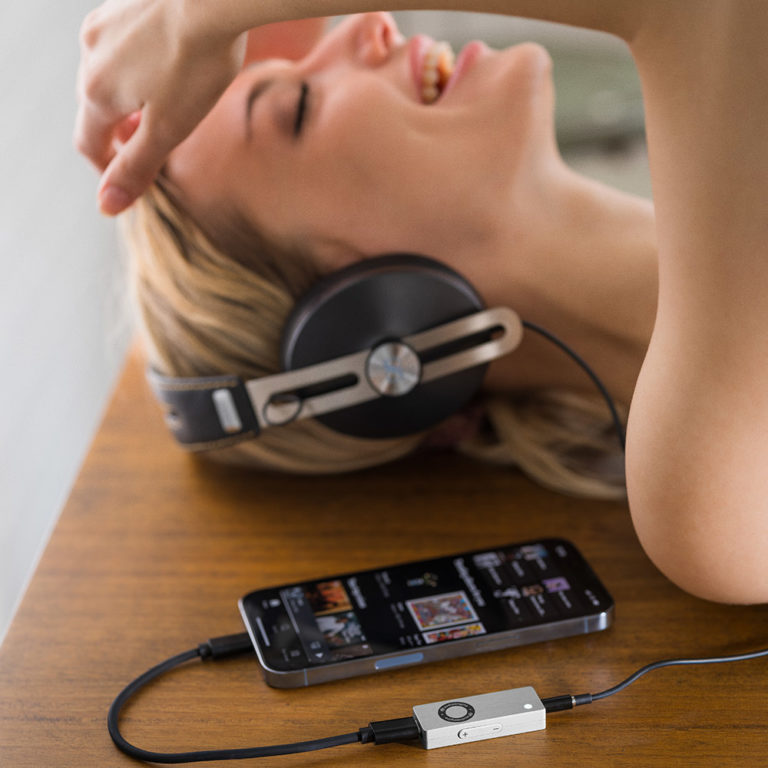Crafting the Perfect Sound: Why Not All DACs Are Created Equal
In the ever-evolving world of digital audio, the significance of a Digital-to-Analog Converter (DAC) cannot be overstated. This pivotal component is what translates digital signals into the analog sounds we ultimately hear.
It's a common misconception that all DACs deliver similar results. The truth is, the quality of sound reproduction varies significantly across different DACs and without understanding these differences, you may not hear your favorite songs the way the artist originally intended.
At Audioengine, we understand that achieving superior sound quality extends far beyond the mere selection of a DAC chip. It's the meticulous integration of this chip into the audio system that truly makes the difference.
The Foundation of Sound: DAC Basics
In the realm of digital audio, the Digital-to-Analog Converter (DAC) bridges the gap between the digital world of audio files and the analog sensations we perceive as sound. This transformation is crucial because, while our music collection may exist as digital files (MP3s, FLACs, or CDs), our ears and brains operate in the analog domain, processing continuous sound waves.
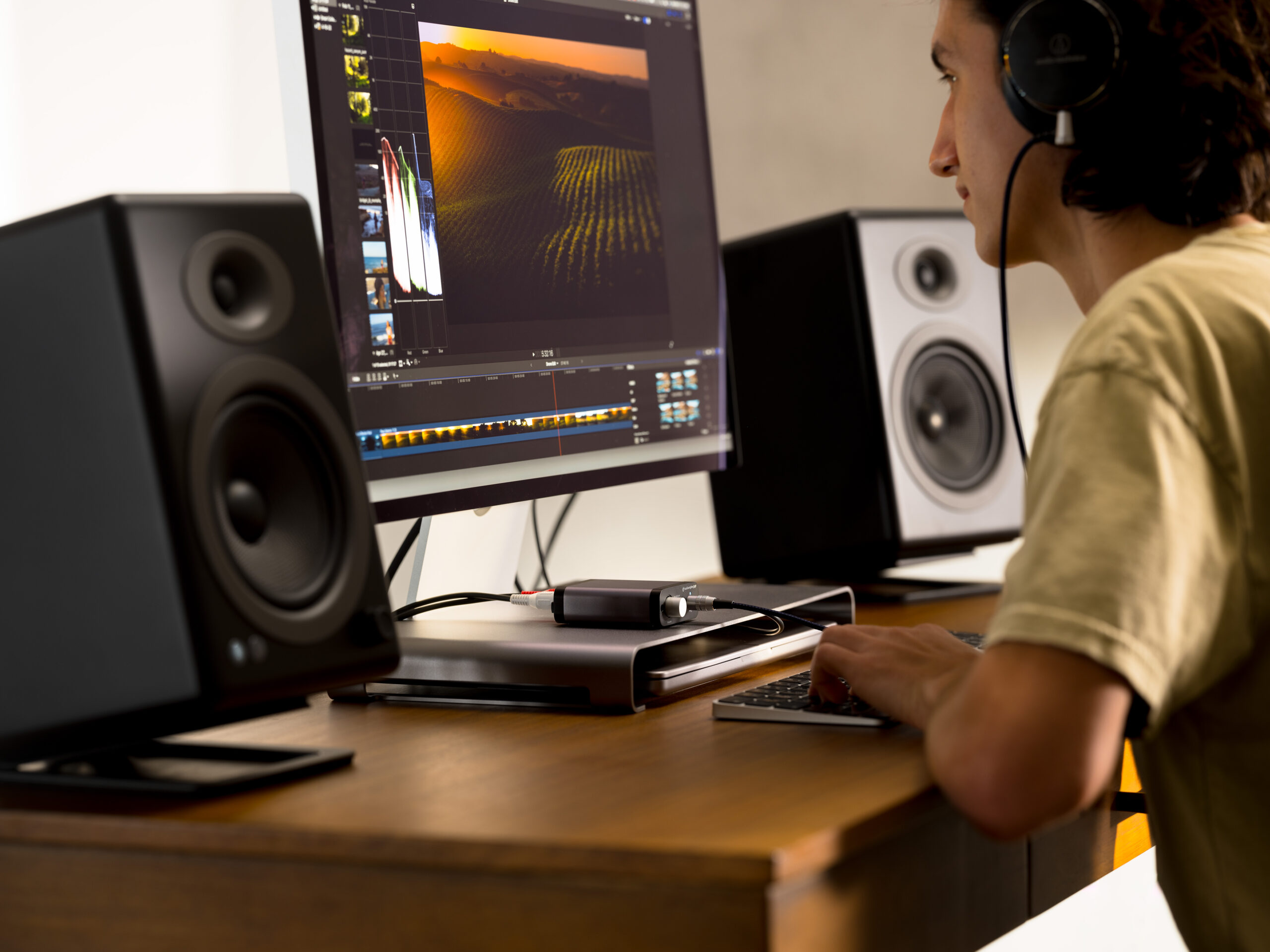
What is a DAC Chip?
A DAC chip is an electronic device or integrated circuit that converts digital data—usually binary codes representing audio signals—into analog signals. These analog signals can then drive audio output devices like headphones or speakers, creating the sounds we hear. The effectiveness of a DAC chip in accurately translating these digital codes into a high-fidelity analog audio signal plays a crucial role in the overall quality of the audio experience.
DAC chips are found in a myriad of devices, including smartphones, computers, televisions, and dedicated audio equipment like home music systems and standalone DAC units. In home music systems, they ensure that the digital audio files result in sound output that is as close to the original recording as possible.
Built-in vs. External DACs
When it comes to Digital-to-Analog Converters (DACs), there are two main types to consider: built-in and external. Built-in DACs are integrated into devices like smartphones, laptops, and some audio systems. While convenient, they often don't always match the performance of high-quality external DACs. Many of Audioengine's Home Music System's feature built-in USB DACs that far outperform those built into TVs, phones and computers, offering resolutions up to 24 bit / 96 kHz.
External DACs, like those offered by Audioengine, are standalone devices dedicated to converting digital audio to analog with superior precision. These DACs feature advanced 32-bit technology, resulting in significantly improved sound quality. They are especially beneficial for audiophiles and music lovers who want to extract the maximum detail and clarity from their music.
Designing a Digital to Analog Converter:
Audioengine distinguishes itself in the realm of high-fidelity audio through a comprehensive approach to DAC implementation. It's not solely the choice of DAC chip, be it ESS Sabre, Wolfson, or another, that determines the quality of sound. Rather, the way in which the chip is integrated into the system—encompassing the power supply, the design of the output stage, and the overall circuitry—plays a pivotal role in the audio output. This optimization ensures that each component within the DAC harmoniously contributes to producing a sound experience that is not just audible but deeply felt by the listener.
Power Supply and Output Stage Tailoring:
- Power Supply Considerations: A clean and stable power supply is paramount. Variations or "noise" in the power supply can directly impact the audio signal, leading to distortions. Engineers might use linear power supplies for their low noise characteristics or implement sophisticated filtering and regulation stages to ensure the DAC chip receives a pure, uninterrupted power supply.
- Output Stage Design: The output stage translates the DAC's analog signal into a form powerful enough to drive headphones or speakers. This involves careful selection of operational amplifiers (op-amps), capacitors, and resistors to ensure they complement the DAC's characteristics. For example, choosing op-amps with low distortion and noise figures enhances clarity, while the selection of capacitors affects the audio signal's phase and transient response.
- Circuit Layout and Shielding: Minimizing interference from other components within the device is also critical. Engineers layout the DAC circuitry to avoid cross-talk with digital signals and use shielding techniques to protect the sensitive analog signals from electromagnetic interference.
- Software and Filtering: Finally, digital filters within the DAC chip can be customized. These filters shape the audio signal before conversion, affecting aspects like the sharpness of transients and the roll-off of high frequencies. Engineers tune these filters to achieve a balance between accuracy, latency, and sound character that fits the Audioengine sound philosophy.
The Ultimate Test: Listening Experience
The true measure of a DAC's quality is the listening experience it provides. Audioengine's DACs are designed with the listener in mind, engineered to reveal the subtleties in music, from the warm undertones of a bass guitar to the crispness of cymbal crashes. Our focus on the auditory experience ensures that music lovers and audiophiles can enjoy sound that is rich, detailed, and emotionally engaging.
Future-Proof Your Audio with Versatility and Compatibility
Audioengine DACs are built to accommodate the broad spectrum of today's digital audio formats and inputs. This versatility ensures seamless compatibility with various audio sources, offering a flexible and future-proof solution for digital music enthusiasts.
Conclusion: A Difference You Can Hear
The disparity in DAC quality is a testament to the importance of thoughtful design and implementation. Audioengine's approach to DAC design underscores our dedication to crafting audio solutions that transcend conventional sound reproduction. By emphasizing the critical role of DAC implementation, we cater to the discerning ears of audiophiles and music enthusiasts who seek nothing less than the best.
With Audioengine, listeners are guaranteed a sound quality that resonates on a deeper level, setting a new standard in the listening experience. It's not just about hearing music; it's about feeling every note in your core—a distinction that sets Audioengine apart in the world of digital audio.



